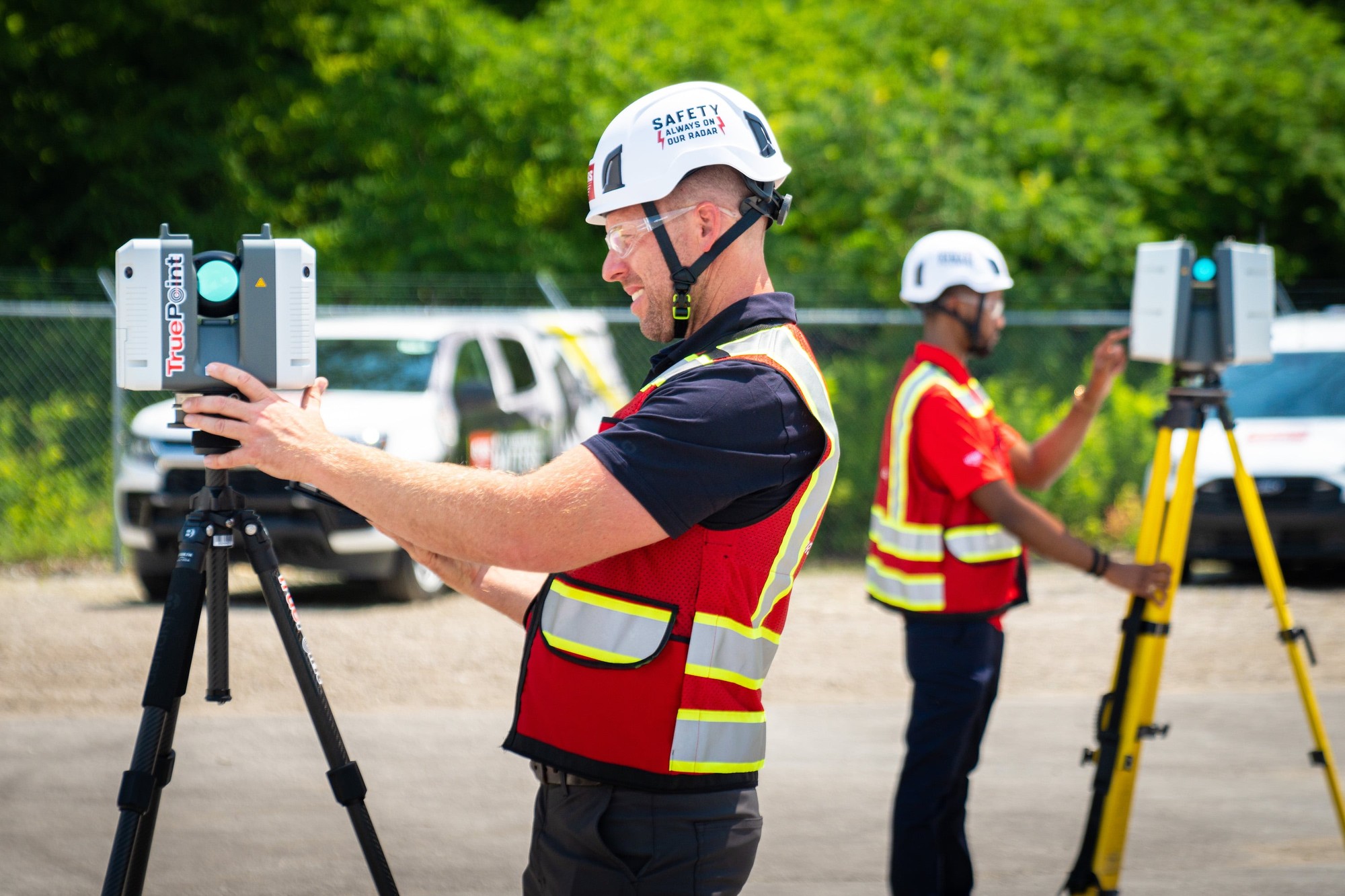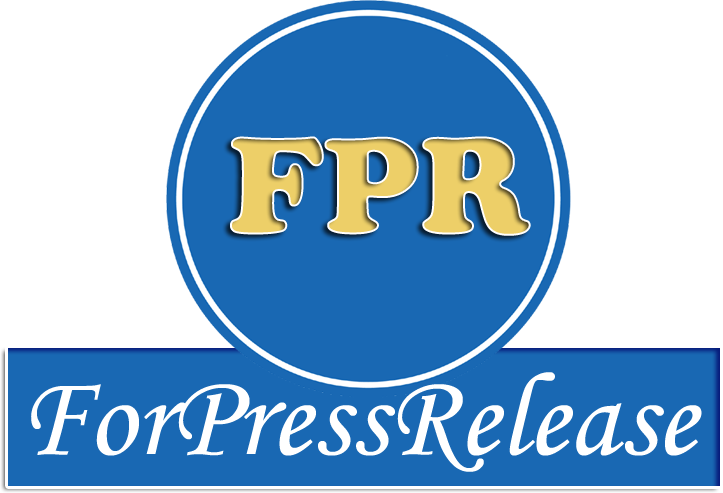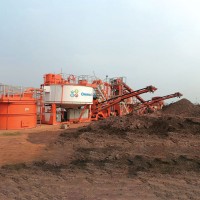- FIITJEE's Long Term Classroom Program Students continue its Supremacy by securing All India Ranks 3, 13 & 16 in JEE Main 2024
- RDATourism Introduces Advanced MICE Tourism Services for Business and Corporate Events
- Indian School of Hospitality has announced admission for BBA in Hospitality Management
- My Guy Pest and Lawn Announces Specialized Ant Extermination and Boxelder Bug Control Services in Utah
- PalsCity Unveils Exciting New Blog Post in May 2024
- Housing Guards Introduces Comprehensive Range of Drywall Supplies in Oshawa
- Kevin's Review Students Score Another Perfect NCLEX Pass Rate in 2023
- SJ Auctioneers' May 5th Auction Features Estate Silver, Vintage Toys, Figurines, Fine Jewelry, more
- Baird Mandalas Brockstedt & Federico, LLC Advocates for Victims of Birth Injuries in Maryland
- Future Electronics Features Amphenol Sine Systems A Series Connectors in Recent Digital Campaign
- AAFT School of Fashion and Design Showcases Exquisite Garments at Style Odyssey Exhibition
- WPDRF Honors Dr. Binny Sareen from Brahma Kumaris
- Tips for Designing the Perfect Backyard Retreat
- ThoughtSol Infotech is Certified as the 'Great Place To Work' in the Fifth Consecutive Year
- Samsung India Launches the 2nd Season of 'Samsung Innovation Campus' National Skilling Programme to Empower Youth
 Mail to a Friend Mail to a Friend |
|
     |
ARC-Corporate.com Reveals Ensuring Safety: The Crucial Role of Structural Integrity Assessments in Modern Buildings

Structural integrity assessments are essential in maintaining the safety, compliance, and longevity of modern constructions. They play a pivotal role in identifying potential structural issues early, facilitating timely interventions that mitigate risks, prevent catastrophic failures, and ensure the well-being of building occupants. Techniques like 3D laser scanning for buildings and other effective structural analysis processes enhance the accuracy and efficiency of these assessments, providing detailed insights into the condition of the structure and aiding in informed decision-making for maintenance and improvement efforts.
The Need for Structural Integrity Assessments
The importance of structural integrity assessments cannot be overstated. Primarily, they are critical for ensuring safety, and safeguarding occupants from the risks associated with structural failures, which could lead to injuries or fatalities. Compliance with building codes and standards is another crucial aspect, as these evaluations verify adherence to established safety and design benchmarks. Moreover, the assessments are vital for the longevity of buildings, identifying and addressing wear and potential issues before they escalate into significant problems. This proactive approach extends the lifespan of the structure and optimizes risk management, ensuring buildings remain safe and functional in the long run.
Types of Structural Integrity Assessments
Structural integrity assessments employ various methodologies, each providing unique insights into the condition of a building:
Visual Inspections: Fundamental examinations where professionals look for visible signs of damage or wear.
Non-Destructive Testing (NDT): Includes methods like ultrasonic, radiographic, and magnetic testing that assess structural health without damaging the building.
Structural Health Monitoring (SHM): Utilizes sensors and devices to monitor a structure�s condition in real time, offering continuous data.
Forensic Engineering: Conducted after a failure to investigate the cause and prevent future incidents, providing critical lessons learned for future projects.
Advanced Technologies in Structural Integrity Assessments
The integration of advanced technologies has significantly enriched the field of structural integrity assessments, offering more depth, accuracy, and efficiency in evaluations:
3D Laser Scanning: This technology captures detailed three-dimensional images of buildings, allowing for precise measurements and the creation of accurate models. 3D laser scanning buildings and other infrastructure is particularly useful for documenting existing conditions before renovations and for historic preservation efforts, ensuring any interventions are appropriately scaled and designed. This can be especially useful when buildings are gutted but are required to retain an historical fa�ade.
Drones and Robotics: Drones equipped with cameras and sensors can access difficult-to-reach areas, providing high-resolution images and data for assessment without the need for scaffolding or ladders. Robotics, similarly, can navigate through hazardous or tight spaces, collecting data where human access might be risky or impossible.
Artificial Intelligence (AI) and Machine Learning (ML): AI and ML are enhancing structural assessments by analyzing vast amounts of data collected from inspections, sensors, and historical records. These technologies can predict potential structural issues before they become apparent, enabling pre-emptive maintenance and repairs.
Building Information Modeling (BIM): Building Information Modeling (BIM) integrates advanced techniques such as 3D scanning for architecture projects to develop detailed digital representations of buildings� physical and functional characteristics. This technology enables stakeholders to collaborate throughout the building�s lifecycle, from initial planning and design to construction and ongoing operation. By incorporating real-time data from structural assessments, BIM models serve as dynamic documents that accurately depict the building�s current state.
Digital Twin Technology: Extending BIM, digital twins create a dynamic virtual model of a building that can simulate real-world conditions and predict how the structure will respond to these conditions over time. This approach allows for testing the impact of potential changes and identifying the need for repairs or upgrades before implementing them in the real world.
These technologies collectively enable a well-rounded approach to understanding and maintaining the structural integrity of modern buildings. By leveraging digital advancements, stakeholders can ensure that structures meet current safety standards and are prepared to adapt to future challenges, ensuring their continued relevance and safety.
The Future of Structural Integrity Assessments
With the wide prevalence and acceptance of technologies like 3D scanning for architecture projects, the future trends in structural integrity assessments point towards an increased reliance on technology and sustainability. The importance of structural integrity assessments in the safety and maintenance of modern buildings needs to be emphasized. By using advanced technologies and adhering to best practices, the construction industry can ensure that buildings are safe, durable, and compliant. Commitment to regular and thorough assessments is fundamental for protecting the well-being of occupants and preserving the integrity of buildings for future generations.
Company :-Architectural Resource Consultants
User :- Alex Joe
Email :-info@arc-corporate.com
Phone :-8883624272
Url :- https://www.arc-corporate.com/spatial-data-management









